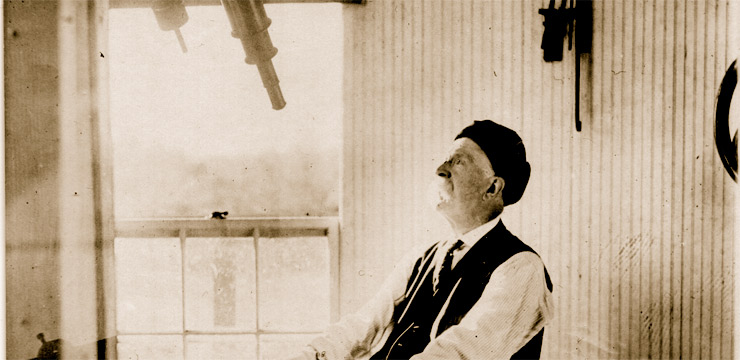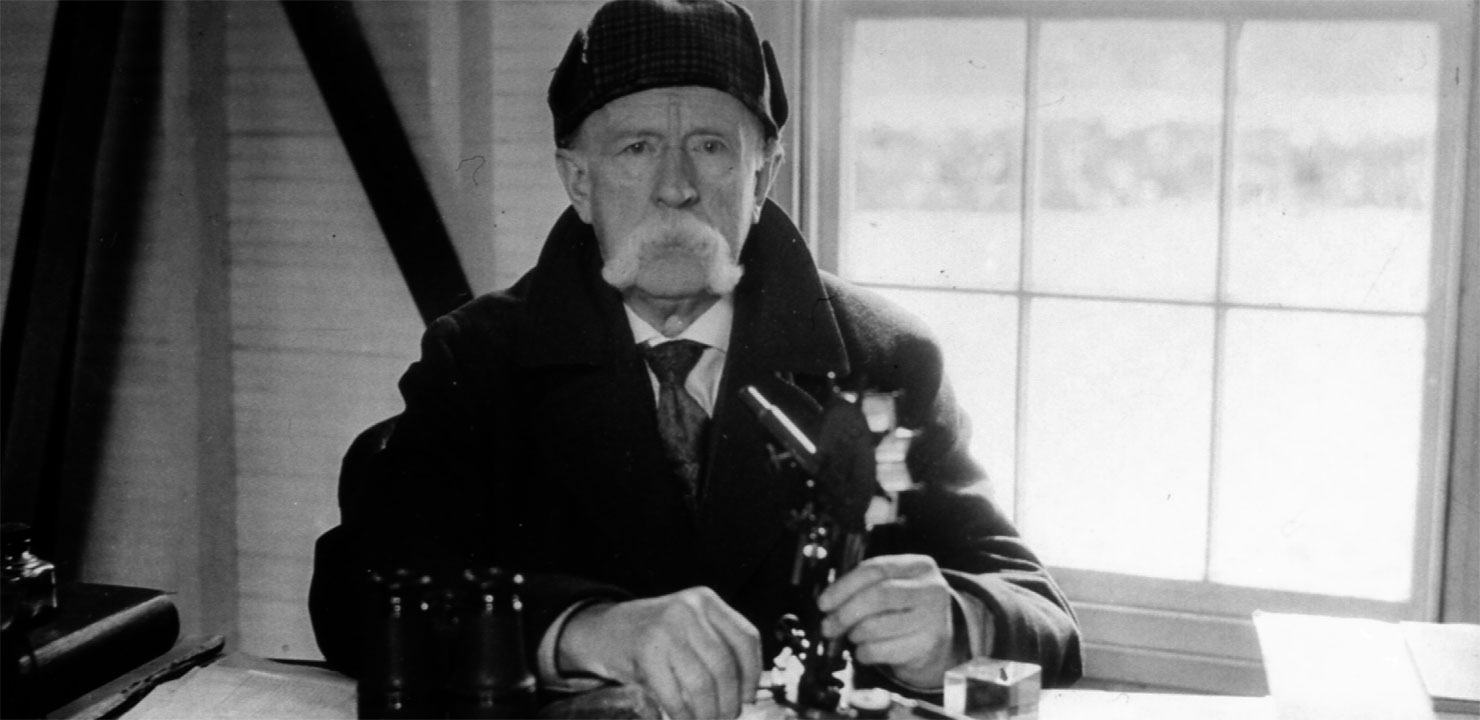
Frank Evans Seagrave (1860-1934)
Frank Evans Seagrave was born March 29, 1860, son of Mary Greene (Evans) and George Augustus Seagrave. George was a wealthy textile mill owner just outside of Providence, as well as a Providence bank president. Young Frank went to a private school run by the Reverend Wheeler of Providence, whose school was noted for preparing young men for university, particularly Brown, and it was there that he acquired a knack for mathematics. On October 26, 1874, at the age of 14, his interest in astronomy was awakened by an eclipse of the moon. So great was this new interest that his father bought him a 3-inch refractor soon after. It is reported that Frank observed every fair night.
In 1875 he began traveling to the Harvard College Observatory (HCO) twice a week, where, even though he wasn't enrolled as a student, he was given access to the library and instruments. Frank's father was so impressed with his son's new-found activities that he purchased an 8 ¼-inch Alvan Clark refractor as a present for Frank's 16th birthday (1876). Two years later the telescope was delivered and an observatory was built in the backyard of his father's house at 119 Benefit St. in Providence, R.I. This great instrument was then the 3rd largest in New England, and was the largest in New England in private hands. The telescope was mounted in May. Present at the dedication ceremony was none other than Alvan G. Clark, the famous telescope maker. Also present was Leonard Waldo, Assistant Director of HCO under E.C. Pickering, who thought the "complement of accessories attending the telescope could occupy the time of two competent observers."
In 1877 a government sponsored solar eclipse expedition took young Seagrave to Pottsdam, Germany, where Frank not only observed and photographed the reversing layer, but also obtained prominence and corona spectra. And after his success there, Frank was invited to participate in a government sponsored solar eclipse expedition to Ft. Worth, Texas, with Harvard. And in 1900 a similar opportunity in North Carolina presented itself.
During the ensuing years Frank Seagrave observed a myriad of objects, including the sun, variable stars, comets, novae, asteroids, and of course the planets. And he fastidiously calculated the orbits of asteroids and comets and sent them along to Pickering of Harvard and others.
Of particular note concerning the planets, in 1901 and 1902 Frank made micrometer measurements of the planet Saturn and his ring system. The German astronomer von Struuve had made similar studies and had determined that the distance between the planet's disc and the rings was decreasing very rapidly. In fact, von Struuve predicted that the rings would crash down on the planet's "surface" by the year 2150. Mr. Seagrave noted no decrease. Latter in 1914 and 1915 Seagrave made the same measurements. No change was detected. Also of importance, Frank observed and photographed the transit of Venus in 1882 from his observatory in Providence.
In 1906 while Frank was reading a German magazine, he came upon an old observation of Halley's Comet. He decided at once to work out an ephemeris for the comet so that he would know where in the sky it might be. Mr. Seagrave worked on the calculations for three years. When Halley was recovered, it was very close to where he said it would be. In fact, Seagrave's calculations were better than many of the professionals. Brown University awarded Seagrave an honorary degree in 1911 for his work on Halley's Comet.
Also in 1914, Seagrave was in despair because the coal dust of the city was affecting his observations, and to make matters worse, the city started installing gas lamps. So, Frank looked around New England to find a new location for his observatory. He settled on a plateau in North Scituate at 47 Peeptoad Road, where he built a new observatory and moved his 8 ¼-inch Alvan Clark telescope to its current location.
Recent research indicates Frank Seagrave and Percival Lowell were friends. Though Lowell died in November 1916, not having found elusive "planet X," Seagrave told a reporter that "It was Percival Lowell's wish, that when his planet "X" was discovered, his friend Frank Seagrave would compute its orbit."
Pluto was discovered by Clyde Tombaugh on February 18, 1930. Frank never did receive the "honors" to calculate the new planet's orbit. Lowell's promise was never written down and recorded. And this was indeed a prestigious event for Lowell Observatory. Director Slipher did pass along new measurements to Seagrave so he could re-compute Pluto's orbit. But the limelight was Lowell Observatory's and their astronomers, not Seagrave.
Seagrave observed the 1925 total solar eclipse from his North Scituate observatory with a three-inch refractor, and also that year calculated that New England would observe another total solar eclipse in 1932, where other parties' calculations predicted there would be none. Clouds prevented him from viewing this eclipse from Whitefield, New Hampshire. When Skyscrapers was founded in 1932, Seagrave was made an honorary member. Skyscrapers accepted an invitation to visit Frank's observatory, which they did on September 18, 1933.
Seagrave passed away on August 15, 1934. The estate executor was his cousin Walter F. Angell. However, the observatory was not immediately sold. When Angell passed away July 7, 1936, the observatory was listed for sale.
Related Articles

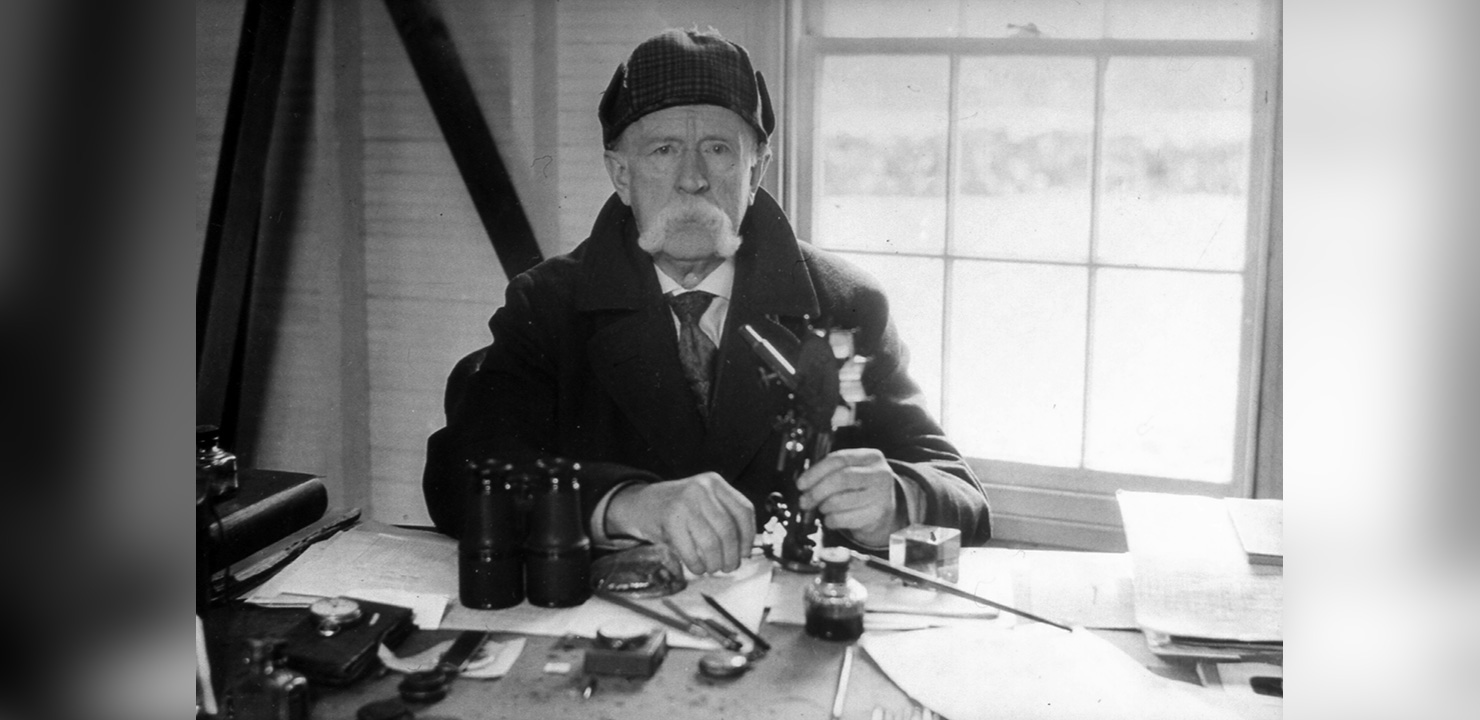
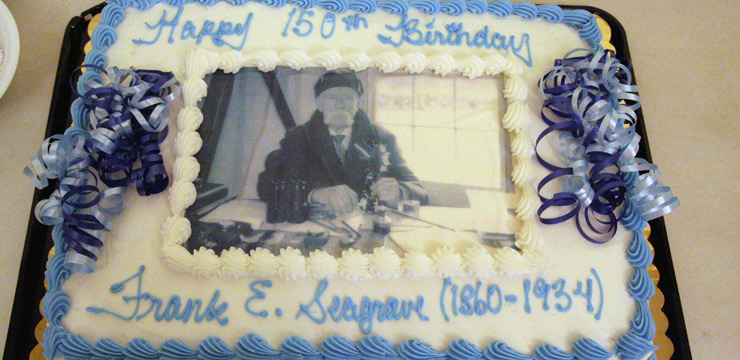
Celebrating the Sesquicentennial Birthday of Frank Evans Seagrave (1860–1934)
: By Dave Huestis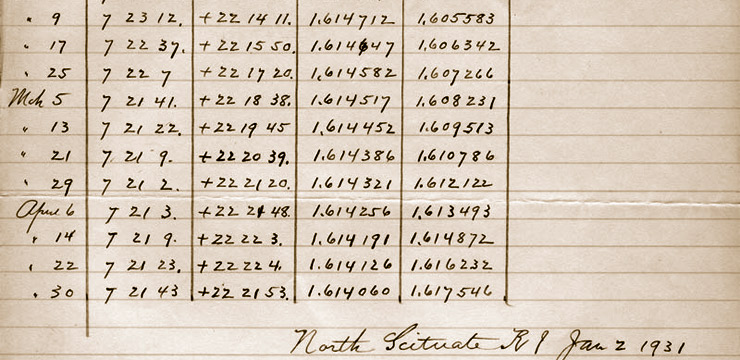
The “Conjunction” of Frank Seagrave and Percival Lowell
: By Dave Huestis